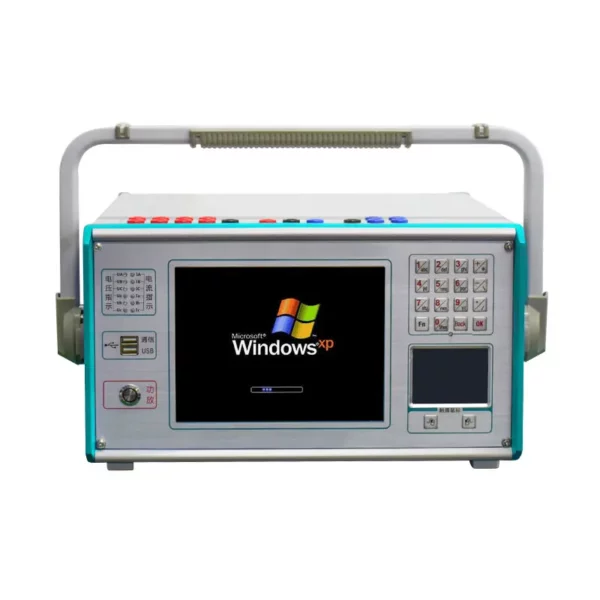April 25, 2024
How do you ensure accurate and repeatable current transformer tester measurements?
Ensuring accurate and repeatable measurements when testing current transformers (CTs) is crucial for maintaining the reliability and safety of electrical systems.
Here are some steps to achieve accurate and repeatable CT tester measurements:
- Calibration: Regularly calibrate the current transformer tester according to the manufacturer’s specifications and recommended intervals. Calibration ensures that the tester provides accurate readings and maintains its reliability over time.
- Verification: Before conducting tests, verify that the current transformer tester is functioning correctly by testing it against known reference standards or calibration sources. This verification step helps ensure that the tester is operating within acceptable tolerances.
- Preparation: Prepare the current transformer and associated equipment for testing by ensuring proper connections, clean contact surfaces, and adequate insulation. Follow manufacturer guidelines and industry best practices for CT testing procedures.
- Secondary Circuit: Verify that the secondary circuit of the current transformer is open and safe to test. Ensure that all protective devices are bypassed or deactivated to prevent unintended tripping or damage during testing.
- Excitation Test: Conduct an excitation test to determine the magnetization curve of the current transformer. This test helps assess the linearity and saturation characteristics of the CT, which can affect its performance under different load conditions.
- Ratio Test: Perform a ratio test to verify the turns ratio of the current transformer. This test ensures that the CT accurately transforms primary current to secondary current within the specified ratio.
- Phase Angle Test: Measure the phase angle error of the current transformer to assess its accuracy in reproducing phase relationships between primary and secondary currents. Phase angle errors can affect the accuracy of protective relay operations and metering.
- Burden Test: Evaluate the burden of the current transformer by connecting appropriate loads to the secondary circuit and measuring the voltage drop across them. Ensure that the burden does not exceed the rated capacity of the CT to prevent saturation and accuracy issues.
- Temperature Consideration: Take into account temperature effects on current transformer performance, especially if testing is conducted under varying temperature conditions. Consider compensating for temperature effects or conducting tests at standardized temperatures for accurate comparison.
- Data Recording: Record all test measurements, including test conditions, equipment settings, and results, for documentation and analysis. Maintain comprehensive records of CT test history for troubleshooting, trend analysis, and compliance purposes.
- Post-Test Verification: After completing tests, verify that the current transformer remains in operational condition and reconnect all protective devices as necessary. Ensure that the CT is returned to service safely and securely.
By following these steps and adhering to best practices for current transformer testing, you can ensure accurate and repeatable measurements, identify potential issues early, and maintain the reliability of electrical systems.

